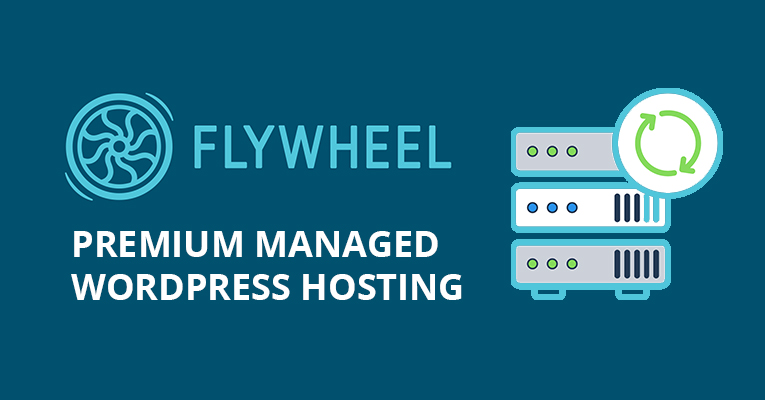There are various ways you can use cognitive neuroscience principles to increase your digital marketing efforts. Many individuals wonder does blogging increase SEO? Yes, blogging is crucial for SEO. Here are a few reasons why:
- Blog posts rank higher on search engine result pages making it easier to find your website.
- Blogging helps establish thought leadership which builds more trust with customers.
- Blogging improves SEO results by ranking blog posts higher on SERPs so that more people can find your site who are looking for products or services like yours.
Optimizing your blog articles for SEO is so essential today, but the one thing that most companies struggle with is producing enough content for their blog. Also, it is important that the content they are posting is optimized for Googles search engines. Let’s look at why blog articles are so essential and how you can improve your blog’s performance.
Posting Fresh Content on Your Website
The more fresh content you post, the more pages you’ll have for search engines to index. This means more opportunities to take the #1 spot on search engine result pages. Blogging is an excellent way of providing your business with a steady stream of new and relevant content that will get indexed by Google faster than any other type of website update.
Here are some bad habits that could be holding back your blog:
- Posting too infrequently (or not at all)
- Not posting enough in-depth articles or guest posts from experts in your industry
- Focusing too much on promotional material rather than helpful information
- Not including calls to action in each post
- Using large blocks of text instead of paragraphs and bullet points
- Not including images with each post
- Posting duplicate content (one article appearing on your blog and another elsewhere)
- Not having a strategy for what you’re going to write about next
- Using short, unhelpful posts that don’t answer readers’ questions or solve their problems.
All of the above bad habits can be broken by posting relevant and useful content on your website regularly.
Ultimately, blogging is about providing value for others and creating a community of people around your brand. Imagine how much traffic you’d get if all the time spent reading blog posts turned into traffic back to your site! Adding in updates to your blog posts that link back to products or services that you sell can turn readers into customers.
Use Keywords Strategically
Every blog post you write is an opportunity to optimize your search engine optimization. To do so, find keywords and phrases that searchers looking for a company like yours would use during their research.
While it’s true that search engine optimization is always changing, there are some basic guidelines that will ensure you’re getting the best results possible from your blog posts.
- Use keywords strategically
- Avoid keyword stuffing
- Make sure to have at least 300 words in each blog post
- Make sure to make your writing captivating
- Minimize errors in grammar and spelling
- Don’t use passive voice
- Be consistent with the keywords you are using
- If possible, incorporate synonyms into your posts
- Make sure the keywords you are using don’t feel forced
WordPress offers amazing plugins to help you prevent from making these mistakes. In fact, WordPress can boost and protect your business!
Backlinking
Bloggers and website owners know it pays to build relationships with other organizations and websites. Blogging offers you the chance to include links to other relevant websites. As a return, these organizations may link back to your site, which will help you generate even more web traffic that you couldn’t otherwise generate on your own. It’s important to build relationships with reputable and high-quality websites that fit your niche when backlinking, however. Otherwise, you could be penalized by search engines.
Here are 4 of the very worst bad habits that could land you a penalty.
1. Blog Spamming
This is when you add links to other websites on your blog posts in order to get traffic from those sites without you having a relationship with that site or blog. This practice is frowned upon because it’s not adding value to the visitor and because it could potentially clutter up your blog and make it difficult for search engine bots to find and assess your content.
2. Buying Links
This is another controversial and frowned upon search engine optimization (SEO) technique. It’s when you purchase links from other websites and use them on your own website in order to get a boost in search engine rankings. Obviously, this type of link building offers no value to the visitor, and it’s the search engines that notice. If you’ve ever bought links for this purpose before, switch to building them naturally and see a difference in your rankings.
3. Link Exchanges / Link Farming
This is where you exchange links with other websites to get a reciprocal link. Link exchanges are a violation of the search engines’ quality guidelines because they don’t offer any value to the user, and all they do is clutter up the search results.
4. Mass Article Spinning
Spinning content can be a wonderful option for websites with limited budgets. You would create what appears to be new content from what already exists. If you have the time the tools, and budget for it, spinning your own content can save you considerable amounts of money on outsourced projects. However, spinning content is also frowned upon because it can be easily detected by search engines, which can lead to a penalty.
Increase Your Rank with Google Business
One way to quickly increase your page’s SERP rankings is by submitting all of your posts to Google Business. This does not mean spamming with as many as possible, rather just those that you feel will best represent your company.
Google Business has two major benefits when it comes to SEO – it allows you to share your website’s content directly on your Google page. It also works well locally. Business profiles stand a better chance of being in the local 3-pack.
Google posts are also indexed by Google very quickly, which means you don’t necessarily have to wait until your page’s popularity rank is high before your posts appear in SERPs.
Properly use Images
Include images in your post so the reader can see what you’re talking about or get a visual representation of something abstract. It also helps if you use keywords correctly when naming the photos on your blog so they show up in search engine results for those particular terms!
- Name the photo according to its keyword relevance: Instead of “image 1, image 2, etc.,” name it “keyword1 picture, keyword2 pic”
- Include keywords in the filename as well as the title of the post, where appropriate.
- Be consistent with your file names and titles!
- Use keywords in the alt text of the image as well. This helps with search relevancy.

Boost Your Social Media Search Results
If you’re not using social media for your business, you’re missing out on a huge opportunity! Here are some reasons why:
- Google has started to return results for social media posts.
- Linking your blog to your social media accounts can offer another opportunity to be found by search engines when your audience is seeking out your company.
- Social Media is an excellent way of marketing and promoting products or services through sharing content with friends, followers, or even complete strangers who may find the information useful in their lives too!
- Social networking sites such as Facebook and Twitter encourage friending and following so there’s a strong chance that your content will be passed on.
In this post, we explored the various ways in which you can use cognitive neuroscience principles to increase your digital marketing efforts. Hopefully, our tips have given you some ideas about how you might be able to leverage the power of human behavior and cognition for success in your own SEO or marketing strategy.
Have no fear, Logo Dynamo is here!
If all of these concepts sound a little challenging and overwhelming, let us know! Our team is ready and waiting to partner with you to create a powerful SEO or digital marketing plan that drives sales by considering how customers think. Which of these strategies do you feel will work best for your company? Have any questions about anything discussed here?






